Current Selected Projects
The following highlights a select list of current projects that highlight the research efforts of CAWL members.
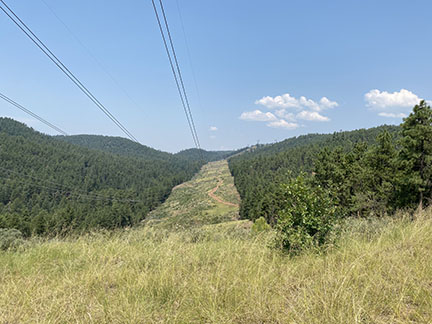
Powerline rights-of-way and pollinators
Energy companies use diverse vegetation treatments to clear tall and woody vegetation from powerline rights-of-way. In doing so, they influence, alter, and create pollinator habitat. With funding from the Electric Power Research Institute, we are examining pollinator communities and their response to vegetation treatments in powerline rights-of-way along an elevational gradient in northern Arizona.
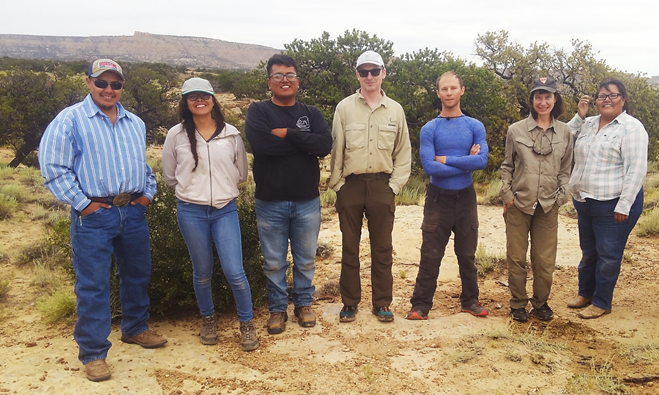
Developing restoration strategies for culturally important species
CAWL scientists are part of a multiyear collaborative effort with Navajo Technical University and the Forest Service to understand the status of pinyon-juniper woodlands and develop restoration techniques. Pinyon pines, which are culturally and ecologically important across the Southwest, including the Navajo Nation, have experienced widespread mortality owing to the severe and ongoing drought.
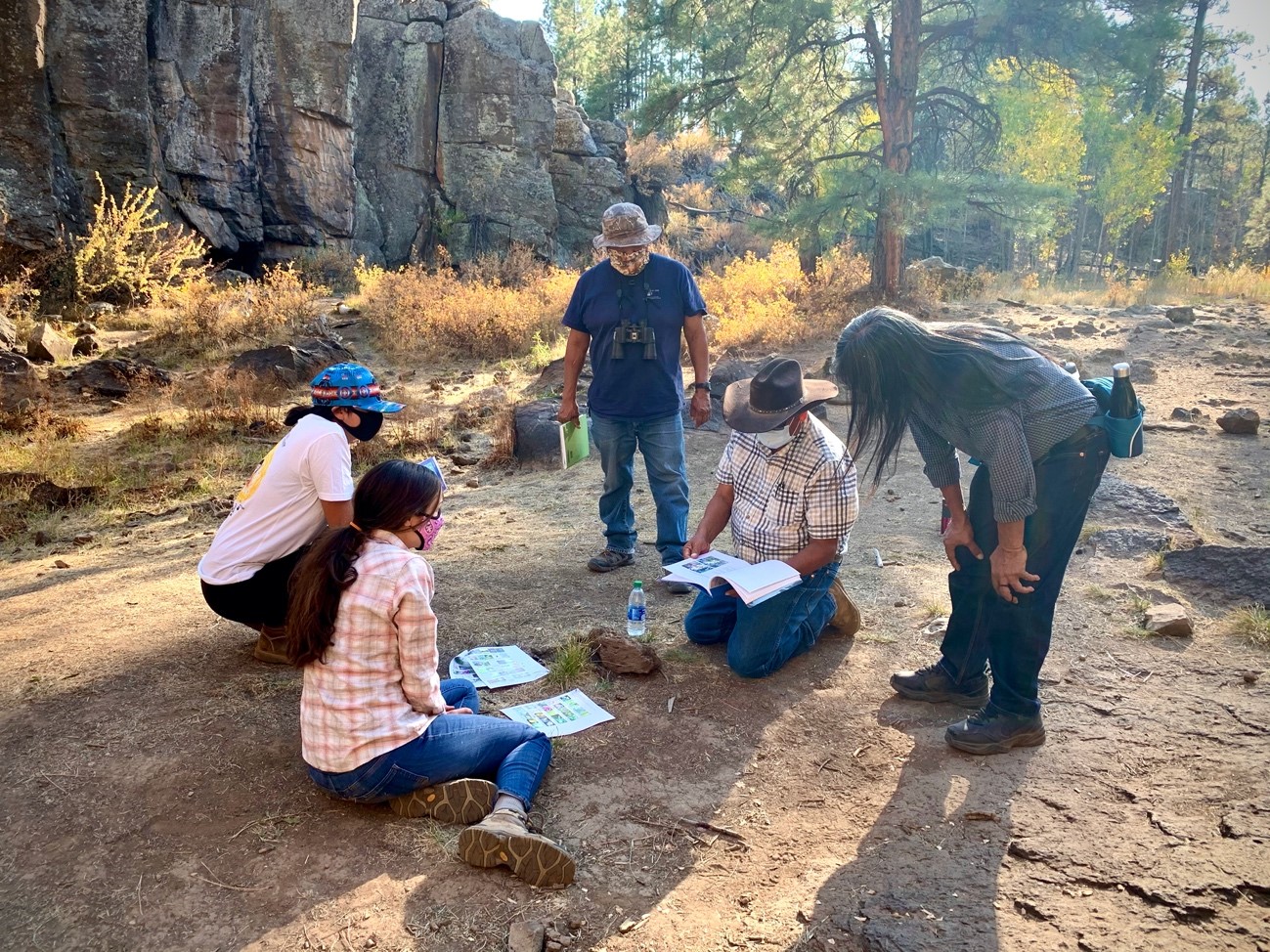
Tribal Nations Botanical Research Collaborative
This citizen science program collects information on traditionally used plants that have cultural, medicinal, or economic values important to Arizona Tribal communities. Volunteers record observations of these plants using the iNaturalist app on their phones. This effort wil provide harvest location information to Tribal members and inform management of these important species.
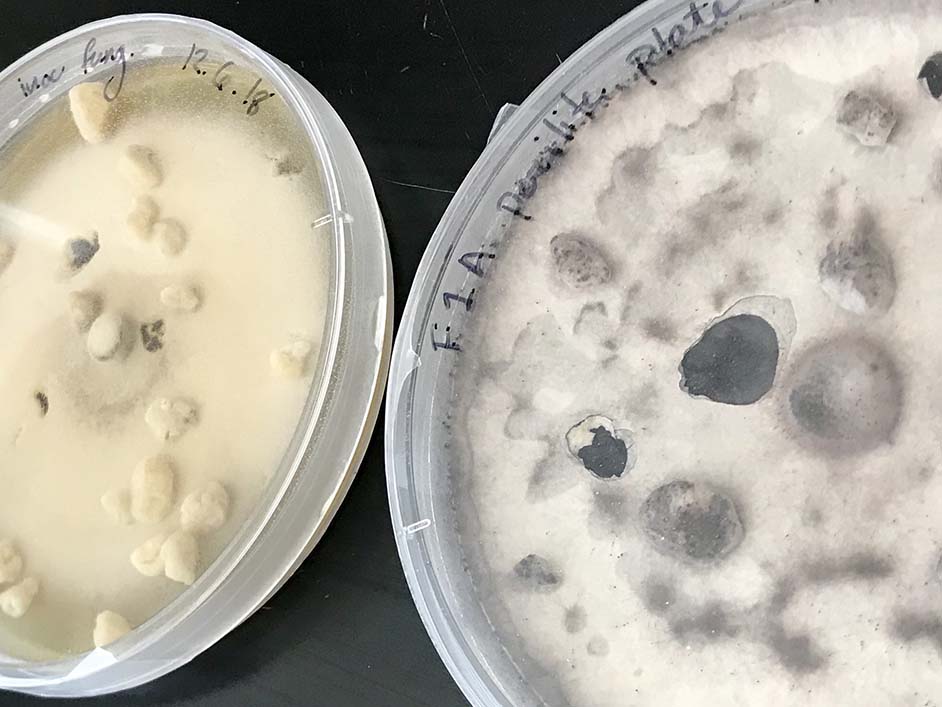
Lucking Family Professorship research
The John and Pit Lucking Family Professorship provides resources to the Gehring Lab for research on the use of beneficial soil microbes to improve the restoration of plant communities that have been devastated by drought, high temperatures and non-native species.
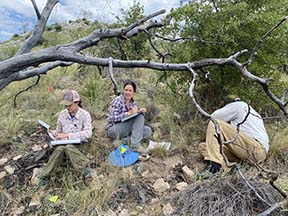
Demography and reproduction of Pectis imberbis
We aim to understand population dynamics and pollination for a candidate species for listing under the Endangered Species Act, Pectis imberbis, which grows in formerly grazed rangelands in the foothills of sky islands in southern Arizona.

How plants adapt to a changing climate
There is a pressing need to understand whether and how plants will be able to adapt to rapidly changing conditions owing to climate change. We will examine survival strategies that natural systems might use to respond to the combined effects of environmental change and invasive species.
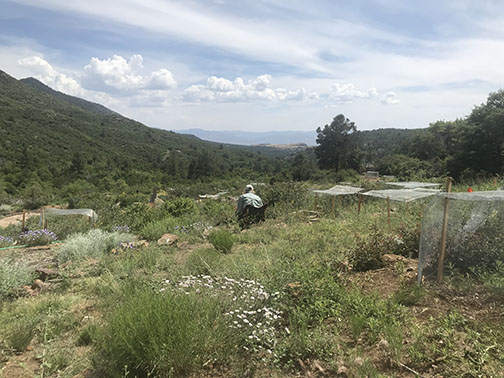
Helping to build a restoration economy
Native plant materials are needed for effective restoration efforts across the West. Engaging commercial growers in the production of such plant materials is a critical step toward the emergence of a restoration economy. We are informing such commercial efforts by growing native plant materials to assess differences in relationships between pollinators and plants sourced from different locations around the Colorado Plateau.